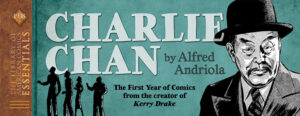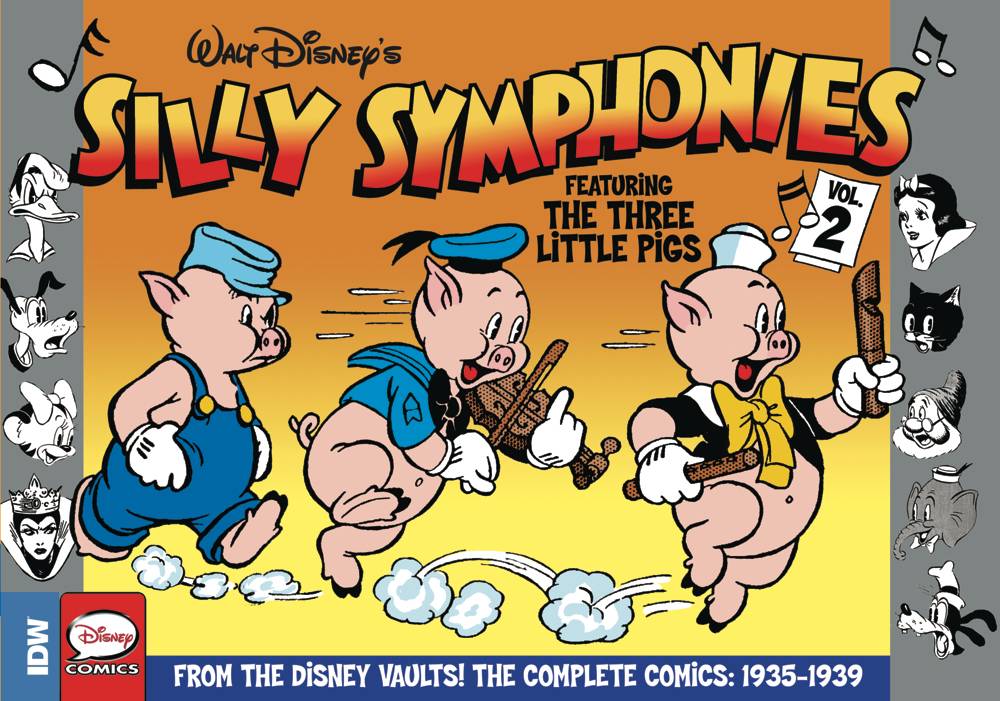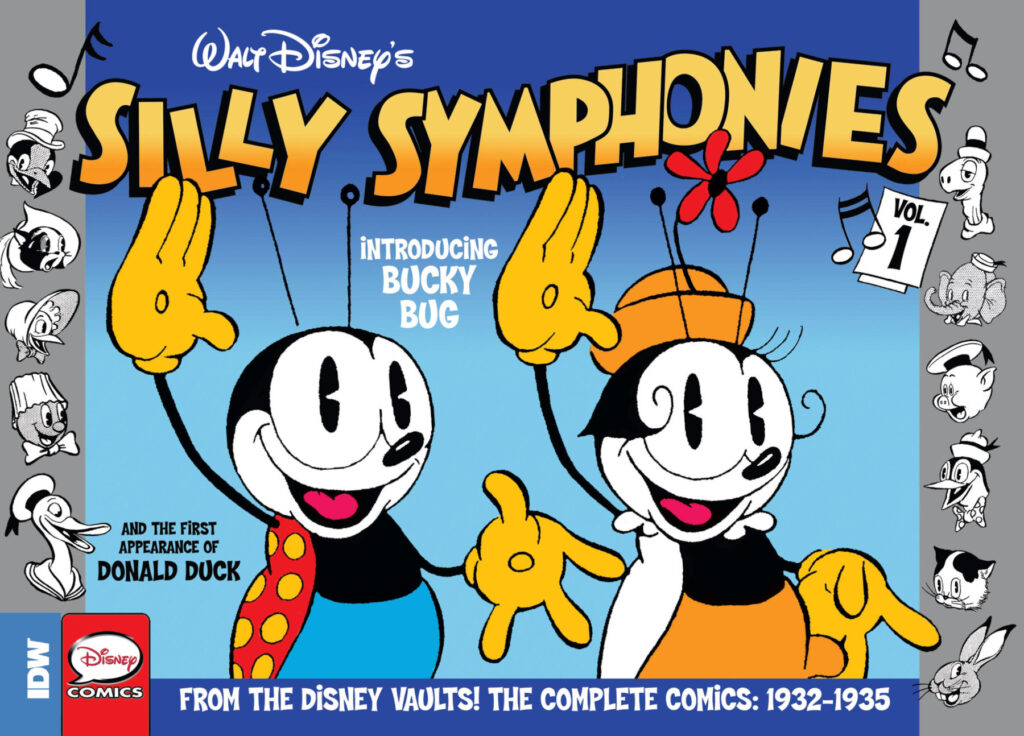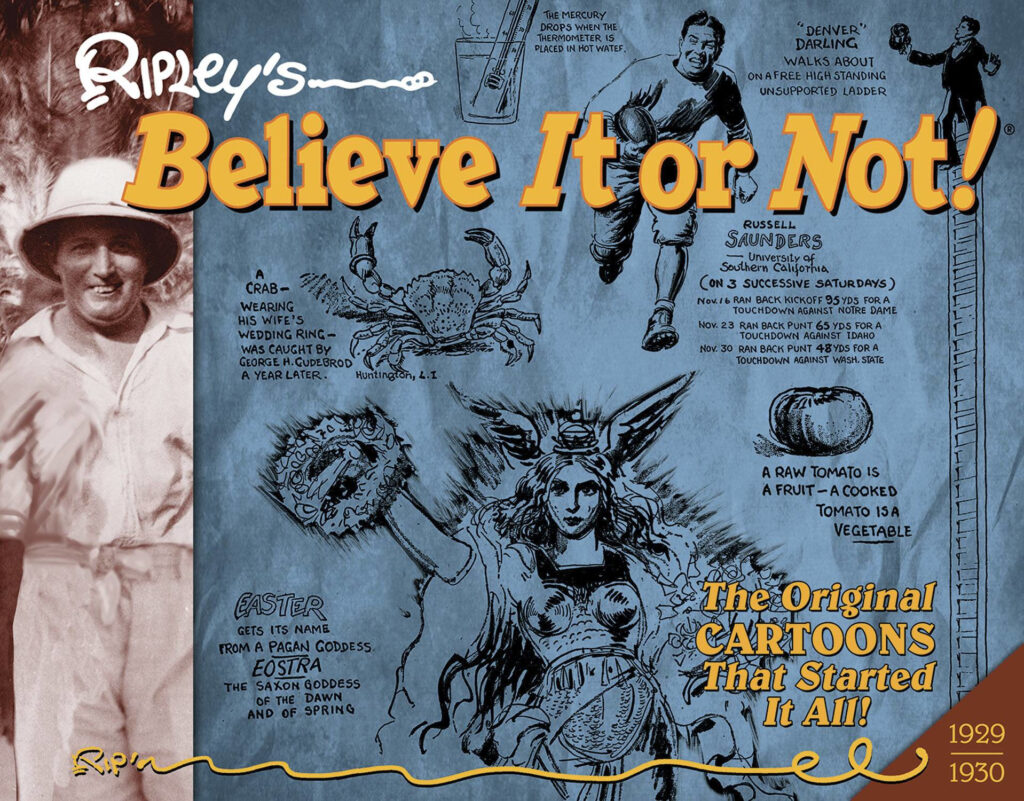As the protagonist of the widely-read mystery novels by Earl Derr Biggers, Inspector Charlie Chan reached even greater heights in a series of popular B-movies. As actor Sidney Toler was preparing to replace Warner Oland as the wily police detective in 1938, Alfred Andriola was tapped to create a newspaper strip version of the character. Andriola was Milton Caniff’s secretary and Chan would be his first cartooning effort. With a little help from some friends in Caniff’s orbit, Andriola succeeded in producing what The World Encyclopedia of Comics says is “among the best comic strips in the ‘Caniff school.’”
Chan is the pride of the Honolulu Police Department and uses his intellect more than his fists to solve cases of international intrigue. In fact, the syndicate’s initial promotion called Charlie Chan “A new mystery strip, totally devoid of guns and gangsters” to separate it from Dick Tracy and his many hard-boiled imitators. Not that the strip is devoid of action and romance—Chan soon enough gets a tall, handsome assistant, Kirk Barrow, who has no problems shouldering those “difficult” burdens with aplomb.
Featuring the first complete year of daily strips, from October 1938 to November 1939, this volume of LOAC Essentials offers readers exciting adventures, snappy dialogue, and arresting art, making it a fascinating complement to Caniff’s own efforts on Terry and the Pirates during this period.
- Library of American Comics, September 2019
- ISBN 978-1-68405-506-7
- 11.5” x 4.25”, 344 pages, hardcover
- $29.99 USD
- Order online: Amazon



The first story is quite interesting for 1938, as a prominent English scientist disappears and his daughter engages Chan to investigate. We learn he was kidnapped to elicit his secret formula by a Baron who has an accent. He states “my country iss fighting a great war! We shall conquer much land!” The accent and title point us to Germany, but England wasn’t at war yet. The Spanish Civil War was still going on and Spain did have Barons, so perhaps. Then our heroes are held captive by two villains, yet no weapons are brandished and there is only the presence of future physical violence.
A mute caretaker hands Chan a note from a little girl that claims her daddy is missing. She’s in the care of her parents and a personal physician, but the threads unravel as Chan digs deeper. This one had all the elements of a great mystery and the pace was excellent. Like the other stories things end in violence and the criminals are caught.
It’s difficult to have a mystery newspaper strip without giving away all the clues, but the McNaught Syndicate advertised Charlie Chan as “a new mystery strip totally devoid of guns and gagsters”. Canwell’s excellent introduction deals with this by way of a quote from Andriola.



The stories continue to vary in content and location but it’s always a crime for Chan to solve, with minimal violence. There’s usually some shooting or fisticuffs at the end to bring the criminals to justice. Each whodunit gives the reader an opportunity to meet the key players and do a little sleuthing before Chan gives us the reveal.
There’s a surprising amount of romance to the strip. Not the usual “woman falls for hero” trope we see in other strips of this era, but a dedication to each other bound by love. There is the dashing young Kirk Barrow, Chan’s right-hand man, who draws the attention of the ladies, but is himself dedicated to one gal. Speaking of sidekicks, Chan’s number one son only appears in the first story and is quickly dismissed.
Andriola’s style has flashes of Caniff but there’s something a little off about his characters. No surprise since he worked for Caniff and Sickles; the style is more apparent in the action sequences and the caucasian characters. Movement isn’t well portrayed and at times angles are awkward. This really is a talking heads strip with limited action so that works with Andriola’s limitations, mostly.



While this LOAC Essential volume bears the year 1938, the contents veer from the calendar year and are the first year of Charlie Chan strips and run October 31, 1938 to November 17, 1939. Otherwise this bears all the hallmarks of the line, with its large strips displayed one per page on a thinner paper that sits somewhere between newsprint and the usual LOAC matte paper stock. Thankfully it bears a silk ribbon.





